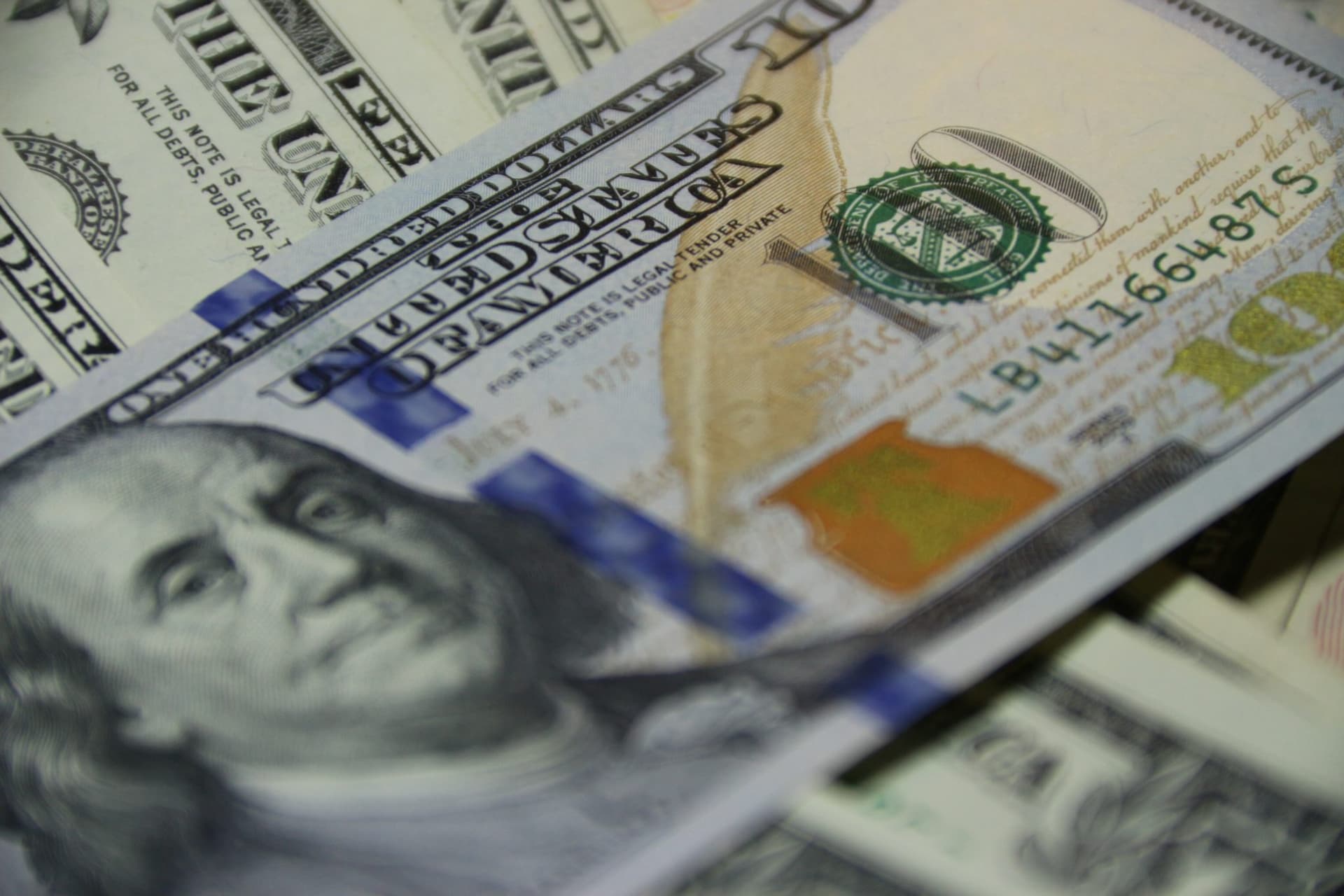Brent Johnson: Rising Dollar May Foreshadow Global Credit Crunch
The United States dollar index dipped slightly Friday as the market remained volatile in the wake of this week’s Reddit-driven frenzy. As the fate of a stimulus package remains up in the air and the Federal Reserve continues to historically pump […]

By Vladimir Solomyani via Unsplash
- The Fed’s recent moves have some anticipating hyperinflation and a down dollar, but demand for U.S. currency remains high
- Unregulated eurodollar market leaves lenders scrambling for liquidity
The United States dollar index dipped slightly Friday as the market remained volatile in the wake of this week’s Reddit-driven frenzy. As the fate of a stimulus package remains up in the air and the Federal Reserve continues to historically pump liquidity into markets, many fear for a long-term dollar downtrend.
“The popular theory right now is that the Fed is printing money and they are going to print all these new dollars and, as a result, the dollar is going to lose value,” said Brent Johnson, CEO of Santiago Capital. “That’s kind of the current popular theory. And I think it’s completely wrong.”
The U.S. faces no shortage of fiscal problems. Equities are on track to have their worst week since October, pandemic lockdowns rage on and delays in vaccine distribution fuel concerns about lagging economic growth.
“But the rest of the world is in the same boat we are,” said Johnson. “I think the dollar is going to rise because I think all the other fiat currencies have all the same problems, but the U.S. has an advantage. We have the global reserve currency.”
As global debt continues to rise, the common worry is that the Fed will hyperinflate the dollar to the point where it loses value or its global reserve currency status. But, Johnson points out, this thought only makes sense if the U.S. is the only nation printing money, and right now, it’s not.
“The Euro, the Yen, the Australian dollar, the Canadian dollar, they all have to do the same thing that we’re doing, they’re going to have to increase their supply as well” said Johnson. “But the demand for the dollar is much greater than any other fiat currency.”
In addition to the domestic U.S. dollar market that is regulated by the Fed, there is the eurodollar market, the short-term, unregulated money market that allows international banks to borrow, lend and trade U.S. currency. There is no entity outside the U.S. that can print U.S. currency, but U.S. dollars are required to operate in global markets, creating a strong demand.
With all fiat currencies, there is physical currency, actual bills and coins, that are used as collateral to loan new money into existence. Most of the money in the system, whether it’s Euros, U.S. dollars, or any other currency, has been loaned into existence. The problems arise, Johnson said, when loans start to go bad.
“That’s exactly what we had last March. Nobody was lending money and everybody was calling in the loans, so there was a scramble for the few dollars that actually existed,” said Johnson. “So what happened last March was what always happens when there’s a credit contraction: the central bank comes in and ‘bails it out,’ for lack of a better word, and they put new collateral into the system.”
When this happens, central banks almost always come in and provide new collateral to reset the system. But, in the case of the eurodollar market, there is no central institution to come in and re-collateralize the system.
“In my opinion, that’s the fatal flaw,” said Johnson.






